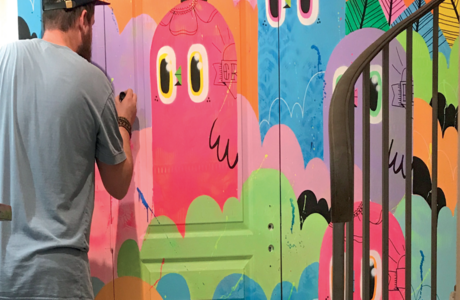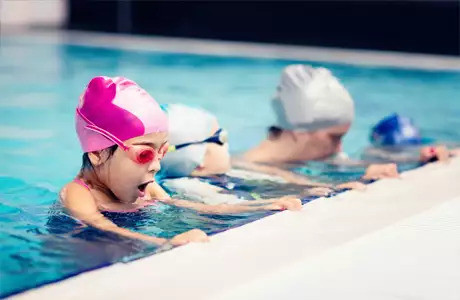Covid & Education
Covid crisis: what impact on teaching and what changes has it brought?
The COVID crisis has been going on for just over two years and has profoundly transformed our existence. This pandemic has impacted our daily lives and it will take time to understand and analyze all of its consequences.
Regarding Education and particularly primary school students, several lessons can be learned from the successive lockdowns and the health protection measures that followed them.
First, and most undoubtedly the most important point, distance learning worked, but at the cost of a certain number of adaptations which are not desirable in the long term for the well-being of our students.
Distance learning, regardless of the platform chosen (there are dozens of them), can be a solution for a few weeks, making it possible to manage a temporary crisis, but it can not replace long-term education within a class and at a school.
Education systems and teachers have demonstrated their resilience during these crises by relying on pedagogical modalities that were in fact not so new or innovative. Moreover, they have often only brought up to date practices that have existed for a long time. Nothing could be more conventional than the flipped classroom or providing resources to students prior to an interrogation. It is the medium that has changed and the urgency that has led to its intensive use, which sometimes has complicated the readability of the content prepared for the students.
If a consensus emerges on the relative success of distance education for students from Elementary to Middle school in terms of learning, distance education for Kindergarten students has been more complex to set up.
It has in fact been used from three years old in many countries, which was a novelty compared to the “classic” uses of this type of pedagogy (distance training institute, CNED, etc.). They differed from one educational system to another, the main questions remaining on the volume of synchronous courses (and therefore the screen time) which had to be put in place for the pupils.
Research carried out in California, for example, has shown that synchronous time is the most engaging and fruitful for pupils of this age. Having to continue to “be a class” in the sense of forming a united group supported by great educational projects.
In cycle 2 and cycle 3 (French System) Grade 1 to Grade 5 in the US System, a short video conference at the beginning and at the end of the day with autonomous activities during the rest of the time seemed to be the most effective modality of distant learning.
In any case (lockdown or for a short distance learning period, less than a month), student dropout level is low and their academic level has often not been greatly impacted.
Why? One of the most commonly cited reasons concerns the involvement in the daily life of the class, necessarily greater, from the parents during these times of lockdowns.
This observation obviously needs to be understood with information such as the background of the parents and the household's ability to access the information online (equipment, Internet connection, etc.).
That being said, everyone has become a teacher in their own way and even if it has not always been easy, the students have been able to continue to progress. This situation has also contributed to demystifying the teaching profession and to bring the class out of the relative privacy in which the education systems have sometimes placed it. Pierre Caspard called the class “the black box of teaching”; it found itself exposed in broad daylight, in video or via asynchronous tools.
This is another consequence of the pandemic on the world of education since communication with families and students had therefore become a major issue in the development of our establishments. Beyond the question of tools and the necessary training of teachers (and parents!) to their use, the opening of sessions and classes to the outside had fuelled the necessity to communicate in a more open, complete and above all more regular manner.
What are we doing in class with the students? Why and how are we doing it? What are the choices underlying the pedagogical choices of the class? All these questions, which had before stayed in the teachers' rooms, were raised by the families and need to be answered.
Within the Chardin Bilingual School, the Pedagogical Continuity Plan is ready, whatever the form or duration of any confinement or new health measures. Our communication with families is continuous and is based on tested and approved tools.






